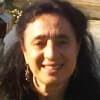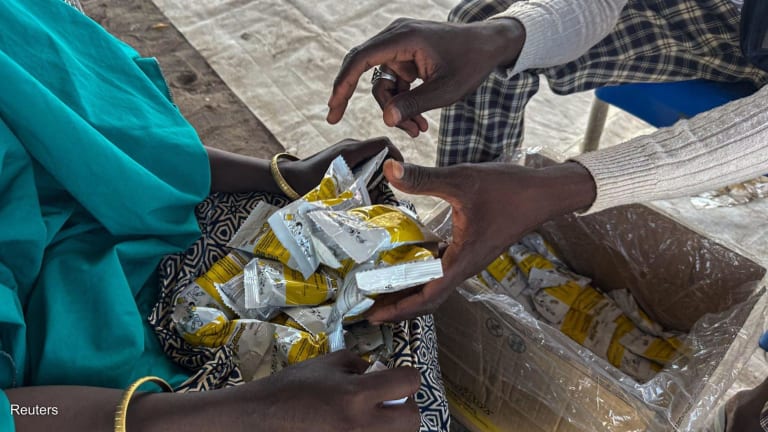Up to a quarter of premature or low birth weight babies cannot get enough breast milk from their mothers, often for reasons of illness or low supply. This leaves them vulnerable to life threatening conditions such as diarrhoea, pneumonia and neonatal sepsis.
In South Africa — where I live — there are nearly 1 million births each year with a low birth weight rate of 13 per cent. That equates to nearly 105,000 low birth weight babies, of which about a quarter will require donor milk at some point during their care. Additionally some of these infants may be abandoned or orphaned and should continue receiving donor milk when they are discharged into community care.
So how can we help these babies get the breast milk they so desperately need? Human breast milk is far superior to formula for these tiny and vulnerable infants.
This story is forDevex Promembers
Unlock this story now with a 15-day free trial of Devex Pro.
With a Devex Pro subscription you'll get access to deeper analysis and exclusive insights from our reporters and analysts.
Start my free trialRequest a group subscription



